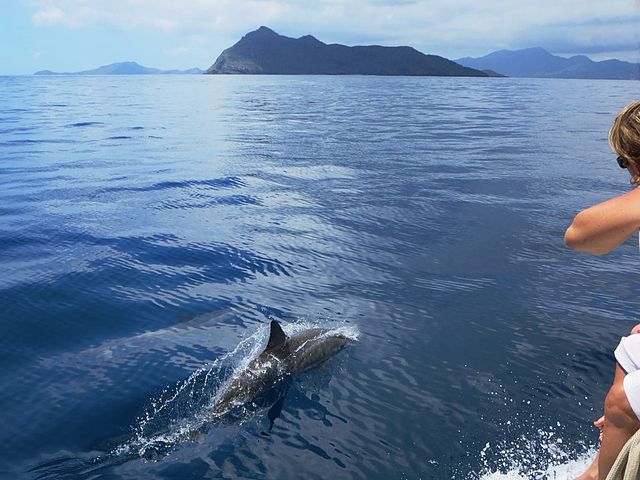Boaters asked to record sightings of herons
In an effort to gauge the health of the waterway ecosystem, the Canal & River Trust wants boaters to report sightings of herons.
Grey herons sit at the top of the river food chain, and feed on fish, frogs and small mammals.
As a result, population numbers can be negatively affected by poor water quality.
Now, the Canal & River Trust is urging boaters to report all heron sightings in order to determine the health of the waterway ecosystems the bird relies on.
Grey herons are the second largest bird in the UK, after only mute swans, and can be seen all over the country.
An ecologist at the Canal & River Trust, Dr Mark Robinson, said: “Herons are one of the most majestic sights on our waterways, and they’re also a sign that all is well with the ecosystems they rely on.”
He continued: “While we’re constantly monitoring our water quality, with people’s help we can get another insight into the health of wildlife around the waterways.”

Grey heron. Credit: Canal & River Trust
Dr Robinson said a healthy heron population is an indication of thriving canals and river.
“As adult birds face no natural predators, they’re the kings of the canals, and take their pick of fish, amphibians and small mammals around the waterways, even gobbling up the odd duckling,” he explained.
“Large numbers of herons usually mean healthy, thriving canals and rivers, as they’re natural barometers of water quality, fish stocks and much more – even down to the insect and invertebrate populations that feed their prey. Equally, if there are areas without many sightings, we can have a look into if there are any reasons they might be being put off,” said the ecologist.
There are believed to be around 13,000 breeding pairs of herons in the UK.
They nest in large communal groups known as ‘heronries’.
Improvements in water quality and a reduction in the persecution of herons over the years has meant a general growth in numbers.
Sightings can be submitted via the Canal & River Trust’s eNatureWatch free mobile app. Click here to download the app.
Anyone can take part and record as many sightings as they like between now and the end of September.
Boat owners reminded of rules on protected marine animals
As the warmer weather arrives, the Marine Management Organisation is urging boat owners to follow best practice when interacting with…
Eco-friendly sailing: enjoy your favourite sport and respect nature
As sailors and boaters, we have a responsibility to treat the environment with respect. Following these guidelines is good environmental…











